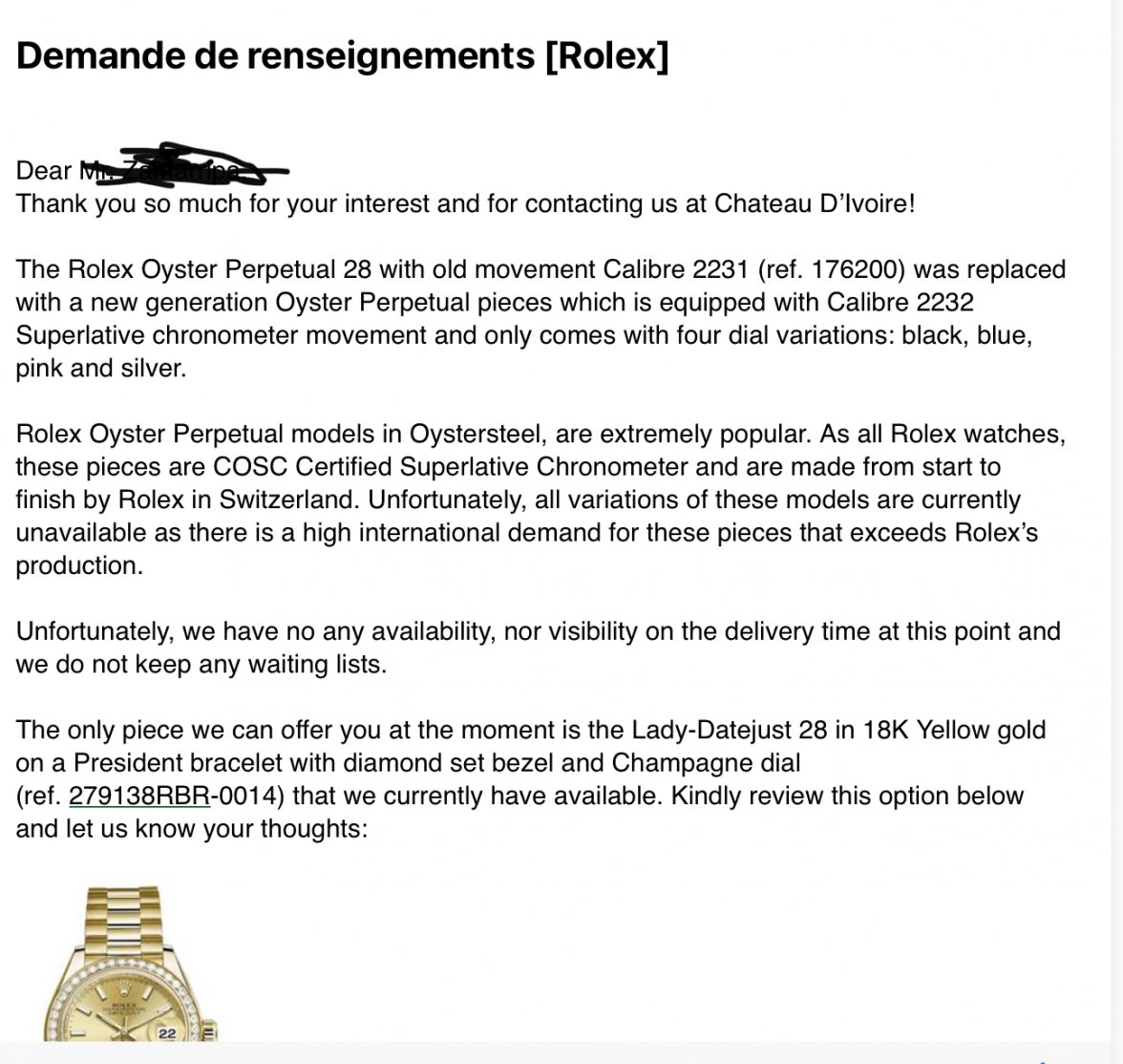I recently come across this article on the Veblen effects in the luxury watch market. Rolex has certainly achieved this alternative curve and the article helps explain this thread title. And I wonder if Omega has recently started to alter it’s business approach of no more limited editions, general price increases and some newly introduced very high priced watches in an attempt to transition from the textbook supply/ demand and to the Veblen effect equilibria.
Here is the link to the article:
https://www.horolonomics.com/2021/11/highway-to-jomazone.html
And below is part of the leading paragraph before the writer dives into the economic explanation:
“Most markets follow the law of demand: as price goes up, the quantity demanded of a product declines. As I've discussed
previously, luxury markets are different. They typically "break the law" when it comes to demand: when price increases, people may actually want the product even more. We refer to this as a Veblen effect, after Norwegian-American economist Thorstein Veblen. There are many reasons why this might happen. Veblen, himself, might have attributed it to "conspicuous consumption." A high-priced object could confer social status on an individual, and the higher the price the bigger the status "halo." There is also the possibility that a high price today could signal an even higher price tomorrow (more formally, there may be positive serial correlation in prices). In this case, as price increases, speculators may be drawn to a product in anticipation of a payout from the future increase in prices. You can also think of this as the "siren song" of potential capital gains.”



